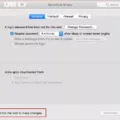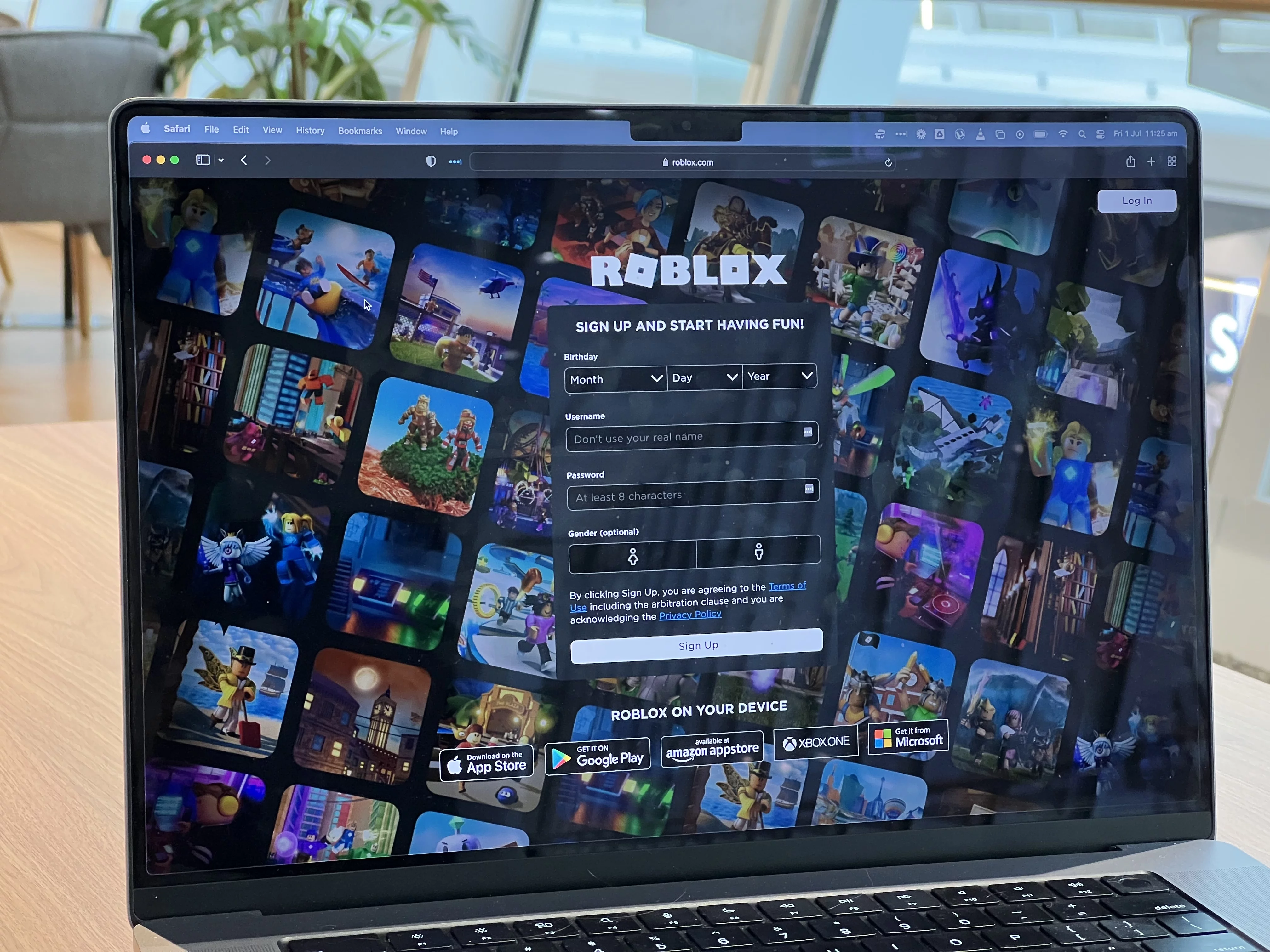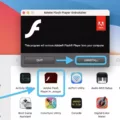Are you having trouble finding the Safari icon on your Mac? Don’t worry, you’re not alone. Many Mac users have experienced this issue at some point and it can be a bit of a hassle trying to figure out what happened.
The most common cause for the Safari icon to disappear from your Mac is that it has been accidentally deleted or moved to a different location. However, there are other potential causes as well, including software updates or changes in settings.
In this blog post, we’ll take a look at how to get the Safari icon back on your Mac if it goes missing. We’ll also cover some tips for preventing it from happening in the future.
First off, let’s start with how to restore the Safari icon if it’s missing from your Mac:
• Open Finder and select Applications in the sidebar. Scroll down until you find Safari and double-click on it to launch the application.
• If Safari isn’t in Applications, try searching for it using Spotlight (Cmd+Space).
• Check if any system updates are availble by going to System Preferences > Software Update and installing any available updates.
• Restore your Dock icons by right-clicking on an empty space in the Dock and selecting “Reset Dock”. This will reset all of your icons back to their default positions.
• Make sure that restrictions aren’t enabled by going to System Preferences > Parental Controls and checking if any restrictions are turned on. If so, disable them or switch users before attempting to open Safari again.
Once you’ve successfully restored the Safari icon on your Mac, here are some tips for keeping it from disappearing again:
• When downloading applications from the web, always check where they’re being saved before clicking “Install” or “Download”. This will ensure that you don’t accidentally move or delete important files like the Safari icon without realizing it.
• Check for system updates regularly by going to System Preferences > Software Update and installing any availabe updates when prompted. This will help keep all of your applications up-to-date so they won’t stop working unexpectedly due to compatibility issues with new operating systems or security patches.
• Keep an eye on restrictions settings in System Preferences > Parental Controls as they can prevent certain applications like Safari from opening if they’re enabled accidentally or without permission from an administrator user account.
Hopefully these tips have helped you get the Safari icon back on your Mac if it went missing! Remember that keeping an eye out for system updates and restrictions settings can go a long way towards preventing this issue from occurring again in the future.
Restoring the Safari Icon on a Macbook
To get your Safari icon back on your Macbook, open a Finder window, then use the Finder’s “Go” menu to go to the Applications folder. Scroll down to the Safari icon and drag it back to the Dock at the bottom of the screen. You shold now see the Safari icon in your Dock.
![]()
Source: 1000logos.net
Restoring the Safari Icon
If you’re trying to get your Safari icon back on your iPhone, you’ll need to check a few places. First, check if the icon is in your App Library. Swipe right on your Home Screen until you reach the App Library and search for “Safari” in the search bar. If it’s there, tap and hold down on the app until it starts to wiggle, then drag it down to the dock or onto one of your Home Screens.
If you can’t find Safari in your App Library, try looking in Settings > General > iPhone Storage. Scroll down until you see Safari and tap it. Then select “Offload App” and wait for it to finish reinstalling. After that’s done, the Safari icon shoud reappear on one of your Home Screens or in the dock.
Troubleshooting Safari Icon Not Showing
It is possible that your Safari icon has been hidden or relocated in some folders, or it could be displayed on another screen. To check, go to the Home Screen and swipe right until you get to the search page. If you stll can’t find the Safari icon, then it may have been deactivated by mistake using the restrictions option in Settings. To reactivate it, open up Settings and then head over to General > Restrictions > Allowed Apps and make sure that Safari is enabled. Once that’s done, you should be able to locate your Safari icon again.
Troubleshooting Safari Not Showing on Mac
It’s possible that Safari is not showing on your Mac beause it is not installed, or it may be disabled or have been deleted from the system. If you are running an older version of macOS, you may need to upgrade to the latest version to get Safari. Additionally, if Safari was previously disabled in System Preferences, you can re-enable it there by clicking the checkbox next to Safari in the list of apps. If all else fails, try reinstalling Safari by downloading it from the App Store.
Adding a Safari Icon to the Home Screen
To put a Safari icon on your home screen, frst open the Safari browser and navigate to the website that you visit frequently. Then, tap the Bookmark icon at the bottom of the screen (it resembles a box with an upward-pointing arrow). Next, select Add to Home Screen. Finally, give your shortcut a name and tap Add. Your shortcut will now appear on your home screen so that you can easily access it with just one tap.
Conclusion
In conclusion, the Safari icon may go missing from your Mac for a variety of reasons. It may be hidden or relocated to another folder or screen, or deactivated by mistake usng the limitations option in Settings. To quickly get it back, simply open a Finder window and drag the Safari icon back to the Dock. If you’re having difficulty opening Safari or a new Safari window, make sure you’re using the latest versions of Safari and macOS by checking for an update in System Settings. With this information, you should have no trouble restoring your Safari icon and getting back to browsing!








